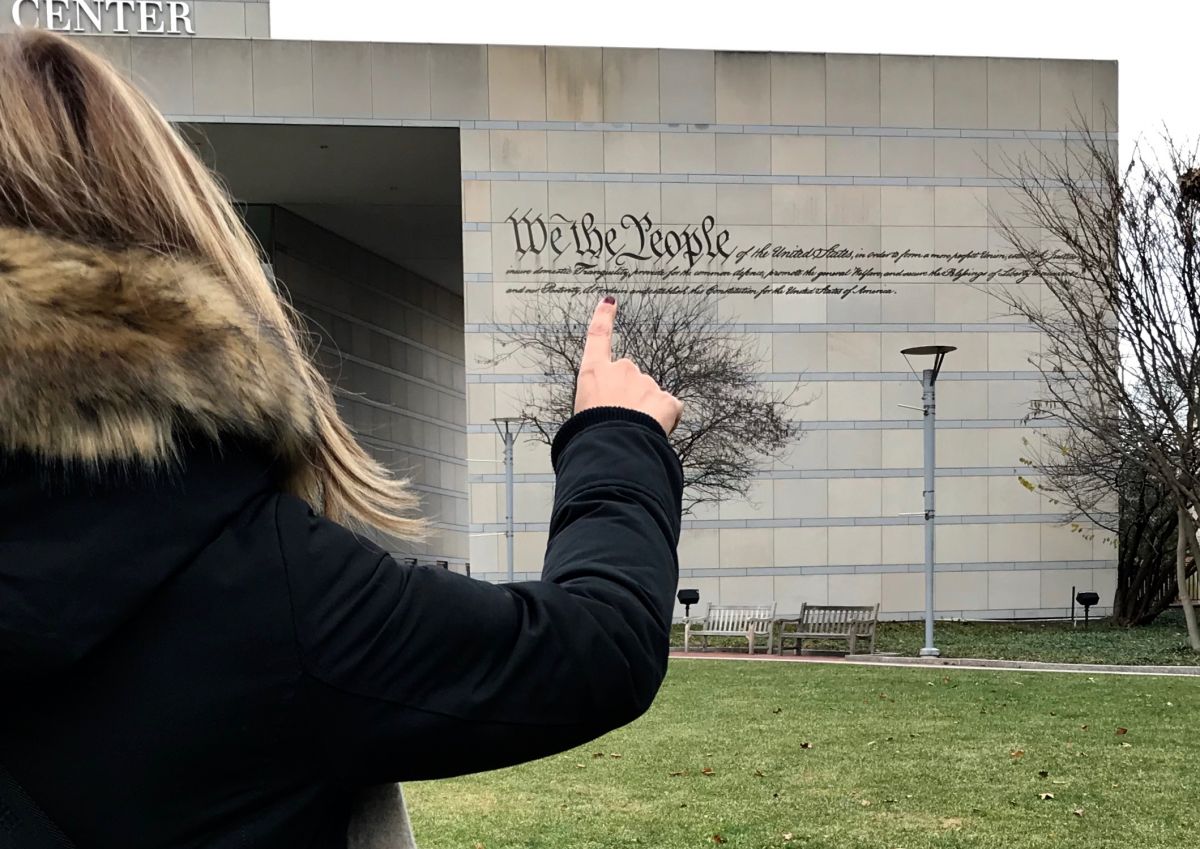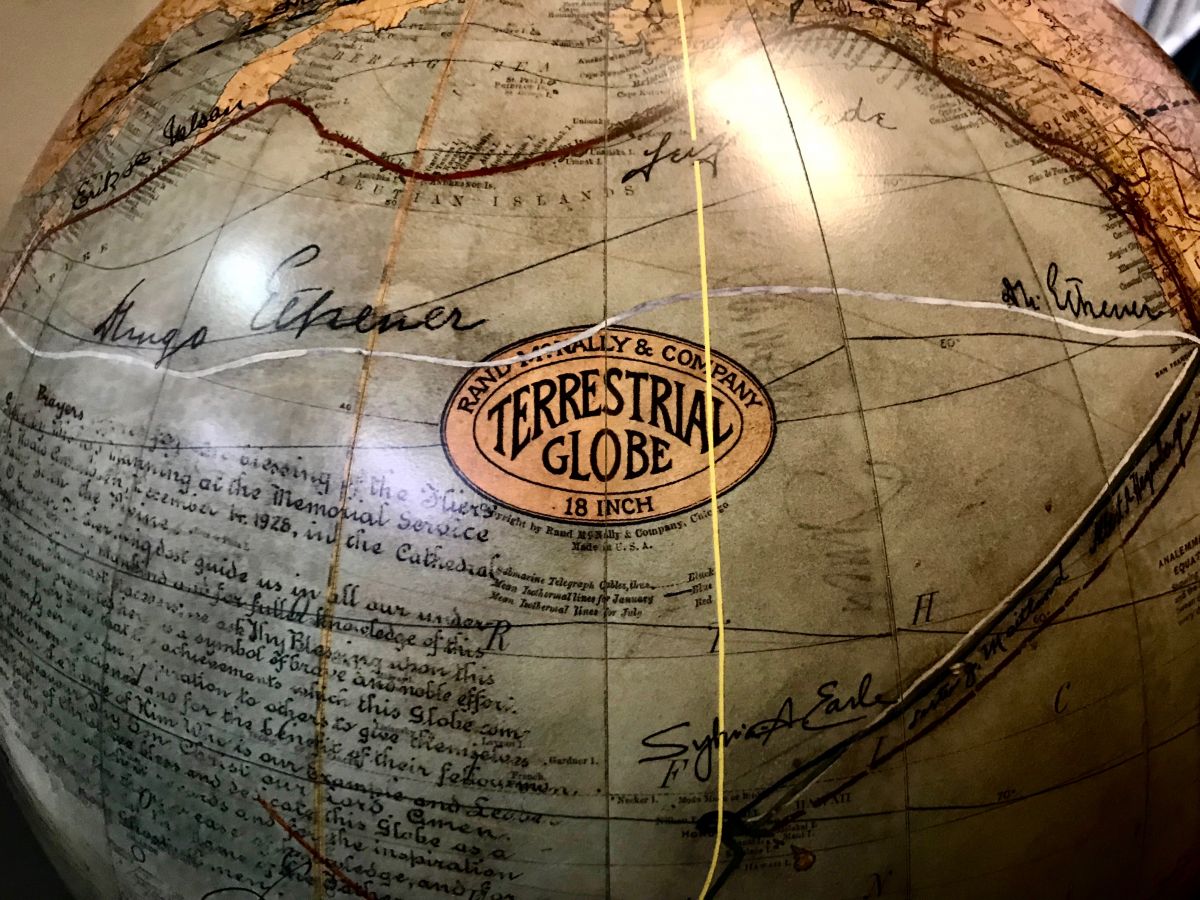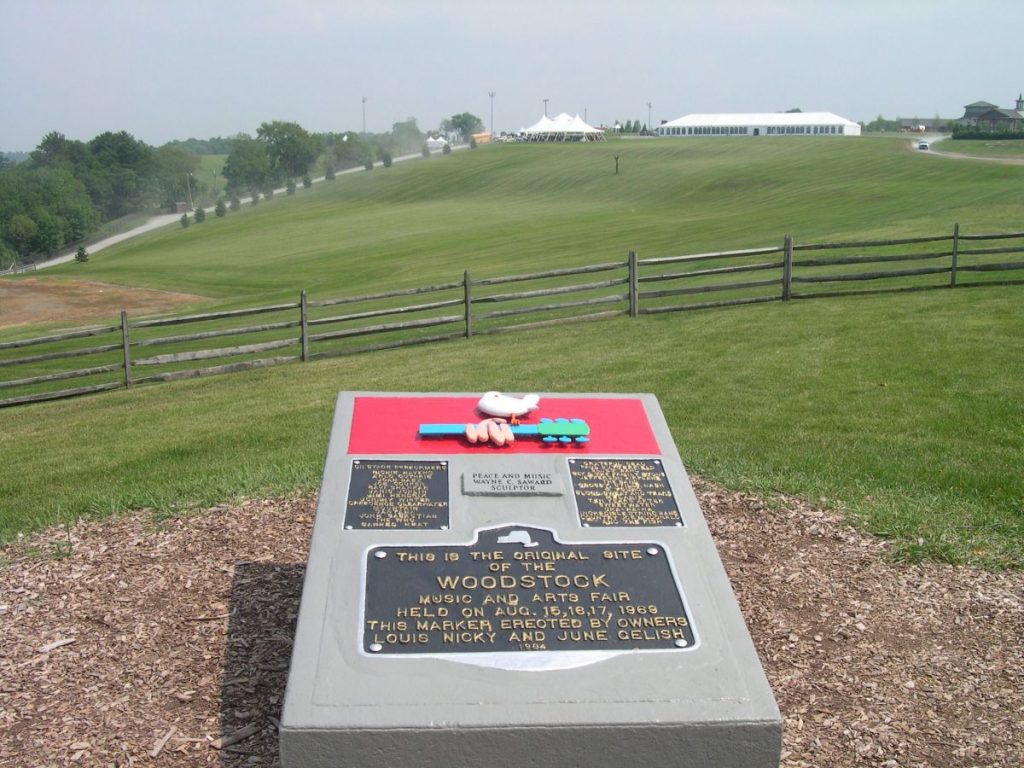


In Italian
It exists a rich and variegate offer of tours outside New York to take into consideration for a one-two days itinerary, leaving (and coming back to) right from the Big Apple.
You can reckon – according to the time in your hands and the planning ability of each of you – to do-it-yourself or alternatively use group tours all inclusive.
My favorite itinerary – it can be done only do-it-yourself – allows to discover the naturalistic views, the artistic and cultural sites and the small old towns of the Hudson Valley, along the path drawn by the Hudson River, passing by the small towns of Bethel and Woodstock, become famous in the collective imaginary for the great music festival in 1969.
Find down here the complete itinerary with many suggestions to get organized by the easiest and safest way possible.
To the north of Manhattan, the Hudson River gets in a spectacular and meandering path as far as its source, on the top of the Adirondack Mountains, about 500km far from its mouth in the New York Bay.
Along a good part of the path it is accompanied by a series of winding roads following its flow and by a series of farms, museums, small towns, sumptuous vintage dwellings and historic buildings, the Hudson Valley.
The valley divides into two areas, Upper and Lower Hudson.
My tip is to reach first the furthest area – the small town of Woodstock – and from there start the discovery of the Hudson Valley and then go down to New York.
It’s a short and intense path which can be done also by day if you select only some of the locations indicated.
I’d suggest (if you have enough time to visit also Bethel and its neighborhoods) to reckon a stay between Woodstock and Poughkeepsie to enjoy calmly the itinerary and the landscape. How enchanting!
Woodstock – the undisputed heart of the juvenile protest in the 1960s and the 1969 festival – is about two hours by car far from New York, to the south of the Catskills Mountains.
Today is a curious small town, alternative, artistically and culturally lively which deserves a stop without any doubt, if only for the historic and social value of the place and the originality of the street furniture.
If you want to visit the valley which was the background of the unforgotten 1969 festival – that one of the “three days of peace and rock music” – you have to move to the small town of Bethel on the White Lake, about 70km far.

Tours outside New York: Bethel, the field where the 1969 festival took place, then called Woodstock’s
The Upper Hudson is the area of the prestigious colleges, Hyde Park and the Home of Franklin D. Roosevelt National Historic Site, a facility of houses and museums dedicated to the figure of the 32nd President of the United States (who was born right here in 1882) and to his wife Eleanor’s one.
And also of the near and very beautiful Vanderbilt Mansion, a stunning Renaissance style palace planned for the railroad baron Frederick Vanderbilt.
Keep going southwards – the Lower Hudson – you run into the original Storm King Art, a stunning open air museum where the artistic installations melt with the neighboring nature and the suggestive naturalistic spaces of the Harriman and the Bear Mountain State Park.
It’s an itinerary to do preferably by car.
There are Greyhound buses and trains crossing the area, like the Hudson Line from Grand Central Terminal or the Amtrak leaving every day from Penn Station and skirting a good part of the path on the Hudson River.
But reckon that both stop only in some places and so don’t allow to move free to explore alone the neighborhoods, since there are no shuttles and/or direct links to the several locations.
The whole area can be visited all over the year.
However, remember that the neighboring landscape gives its best in Spring and above all in Fall – the magic period of Foliage, the Indian Summer coloring vermilion red, ochre yellow and brown the trees’ leaves.
Find down here a series of useful links to reckon the tour of the attractions suggested and so decide what to do.